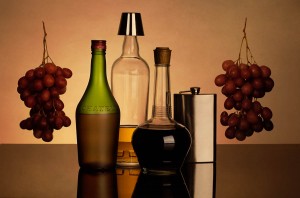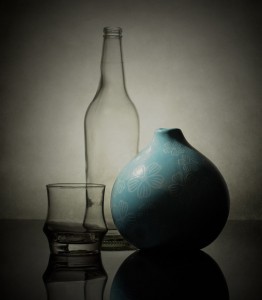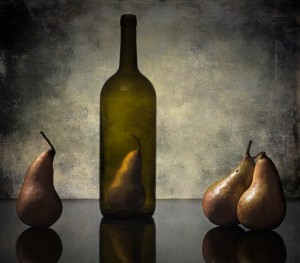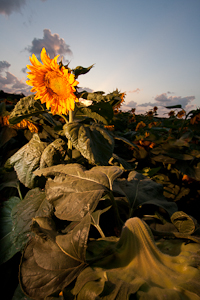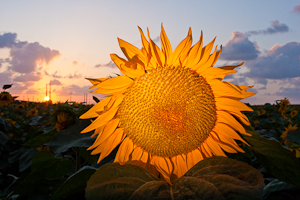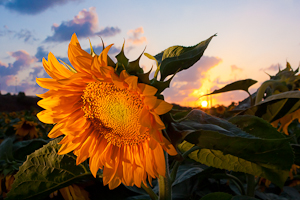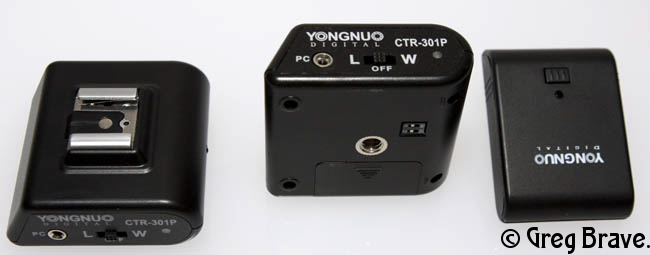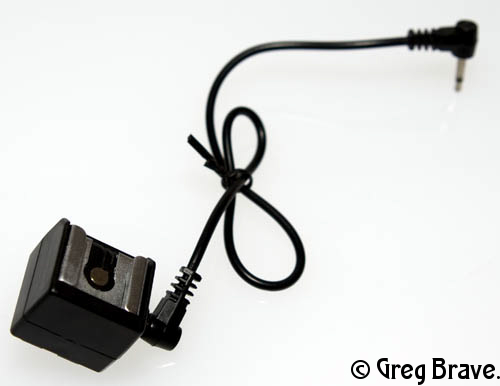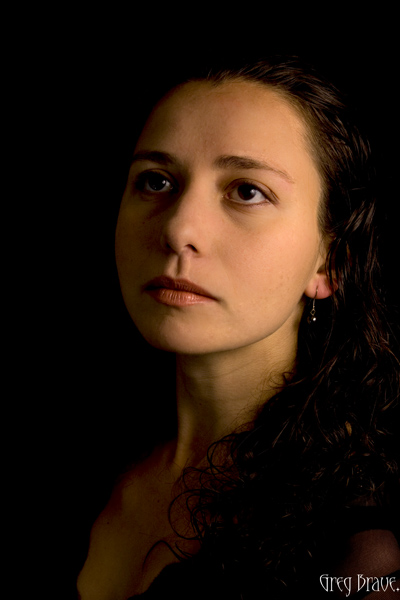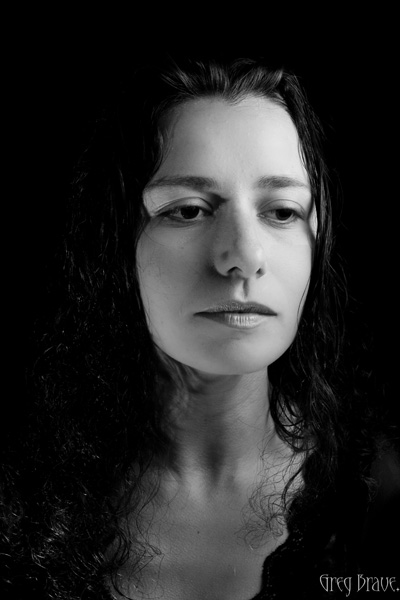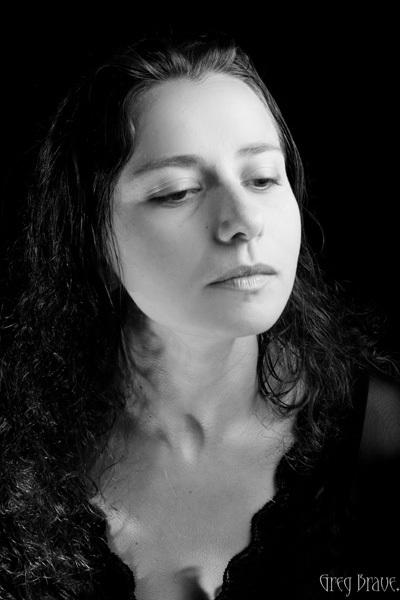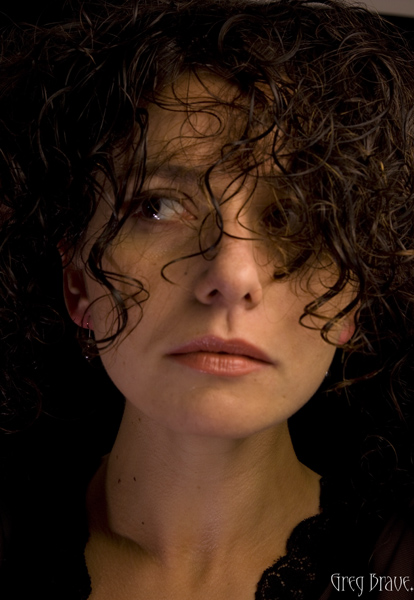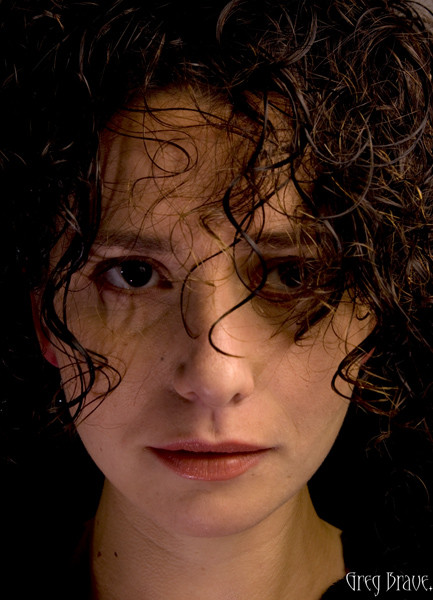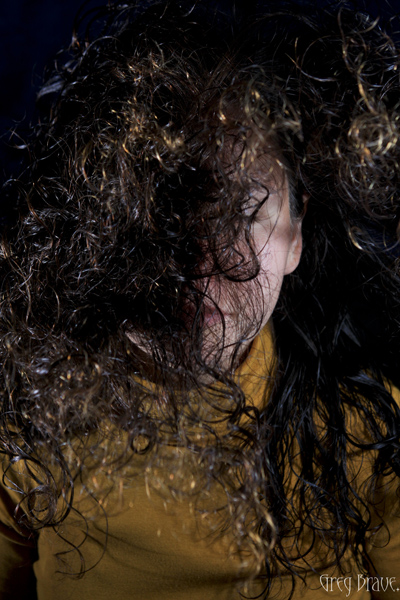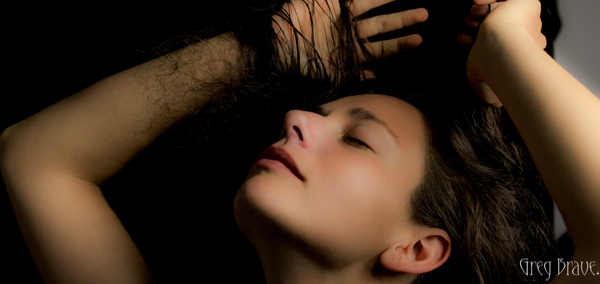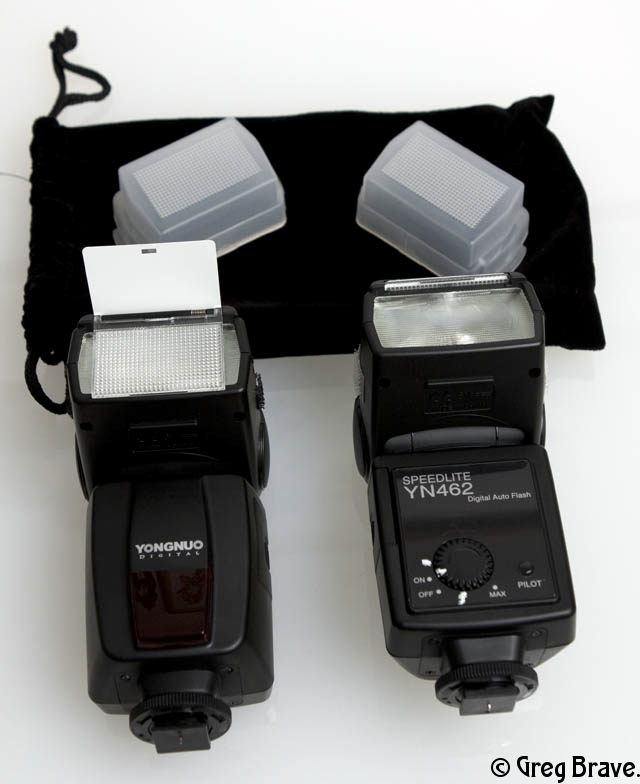Have you ever tried to shoot still life with bottles or any other glass object? If you did then you know that it is difficult. It is difficult because glass reflects bloody everything. Theoretically I knew that, but I totally forgot about it when I suddenly got the urge to shoot me some bottles 🙂
I realized that only after first few clicks of the shutter, when looking at the back of my camera I saw reflection of me, my camera, ceiling and most of other irrelevant stuff in my studio. Then I started thinking what can I do to eliminate all the reflections.
First thing I did was to turn off all ceiling lights, leaving only modeling lights from the strobes to light the studio. It helped, but I didn’t want the strobes to be reflected in the bottles either. My solution was to place main light under the table pointed at the background, so the main light itself wasn’t visible at all and the bottles were lit from behind. I still had to add some light from the front, and so I did.
In the photo below you can see the reflection of the front soft box ( I cleaned it a bit in post, but it is still visible). This photo is a composite, in which bottles were shot fist and then I shot two additional photos while holding the grapes with two fingers at each side of the bottles. Having camera on tripod all the images were aligned to begin with. Later I loaded them as layers in Photoshop, and masked out my hands from the grapes.
For the next image I didn’t want to have any reflections on the bottle and glass at all, but I still needed to light the vase from the front. Since the vase wasn’t transparent, when I only lit the scene from behind, it was almost totally black. Therefore, to create the image below I shot two photos – first only with back lighting, and the second with additional light from the high left. In Photoshop, again, I loaded the two images as layers into a single file, and used the bottles from the first image and vase from the second.
It took me a while to create the image below, and not due to technicalities. On the vast plains of the Internet I saw a few creative still life photos with pears, and felt like trying something creative with them myself. It turned out to be not simple at all (not that I thought it would)! At first I just tried to arrange pears and other items without any intention – just to make something nice. After about an hour I realized that it doesn’t work. Then I put everything aside, and just sat on the couch and thought about what I really wanted to create. I thought about what happened lately in my life and in the world, and little by little ideas started popping into my head and I ended up with the image below, which I call “Examination”
The background texture was added later in Photoshop, if you were wondering 🙂
P. S. There is one really cool way to get rid of the reflections of your light sources in the bottles (or any reflective surface), but it requires additional equipment, part of which I didn’t have. You can buy sheets of polarizing gels and put them on your light sources. Also you’ll have to put a polarizing filter on your lens. Then by adjusting the polarizing filter on the lens you will be able to completely eliminate the reflections.
Your comments and thoughts on this post and my works are very much appreciated, so don’t hesitate to write them in the comment section below !

